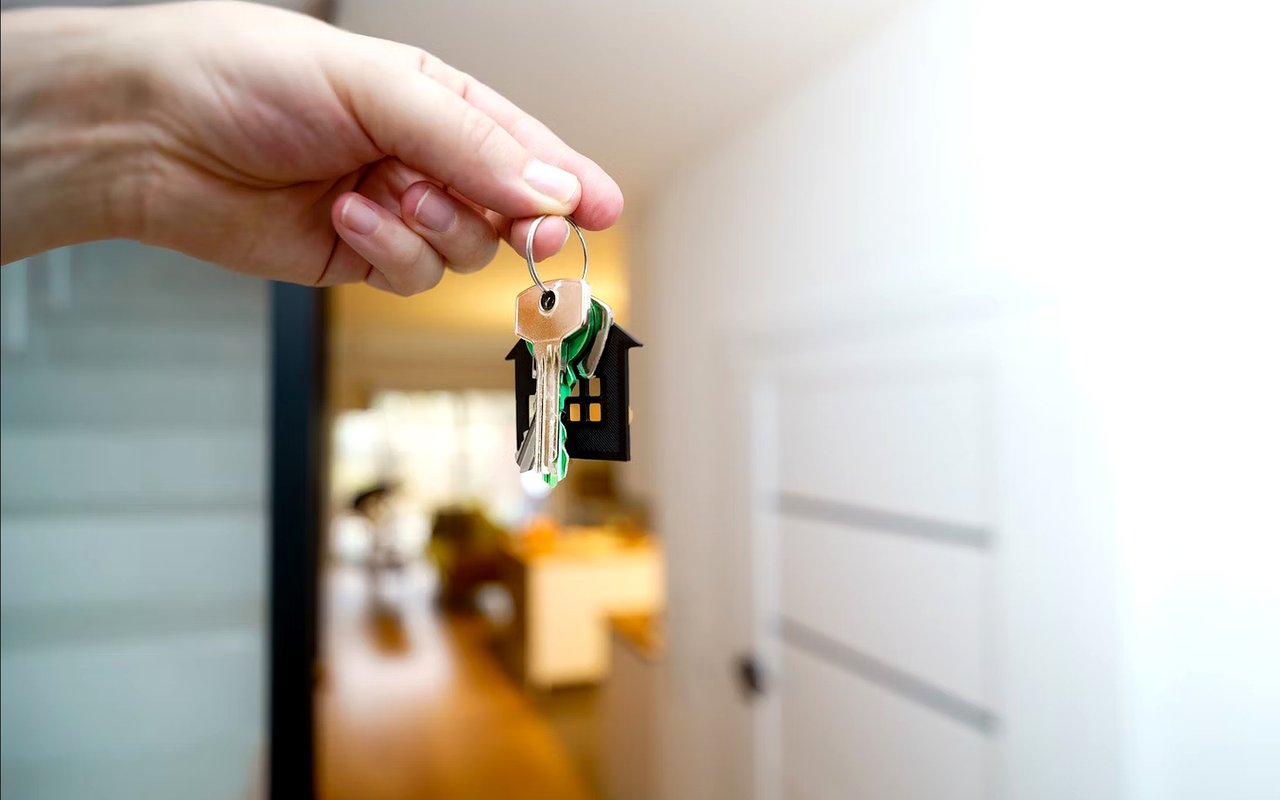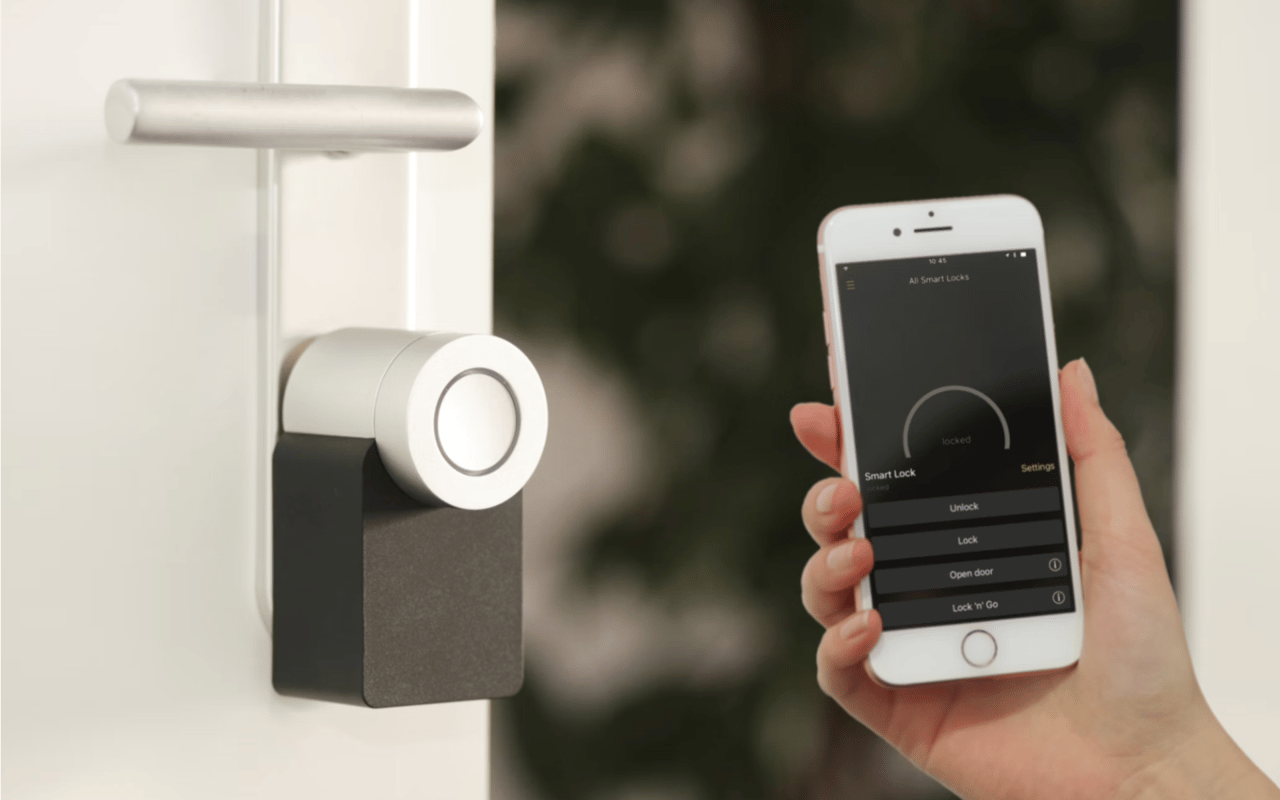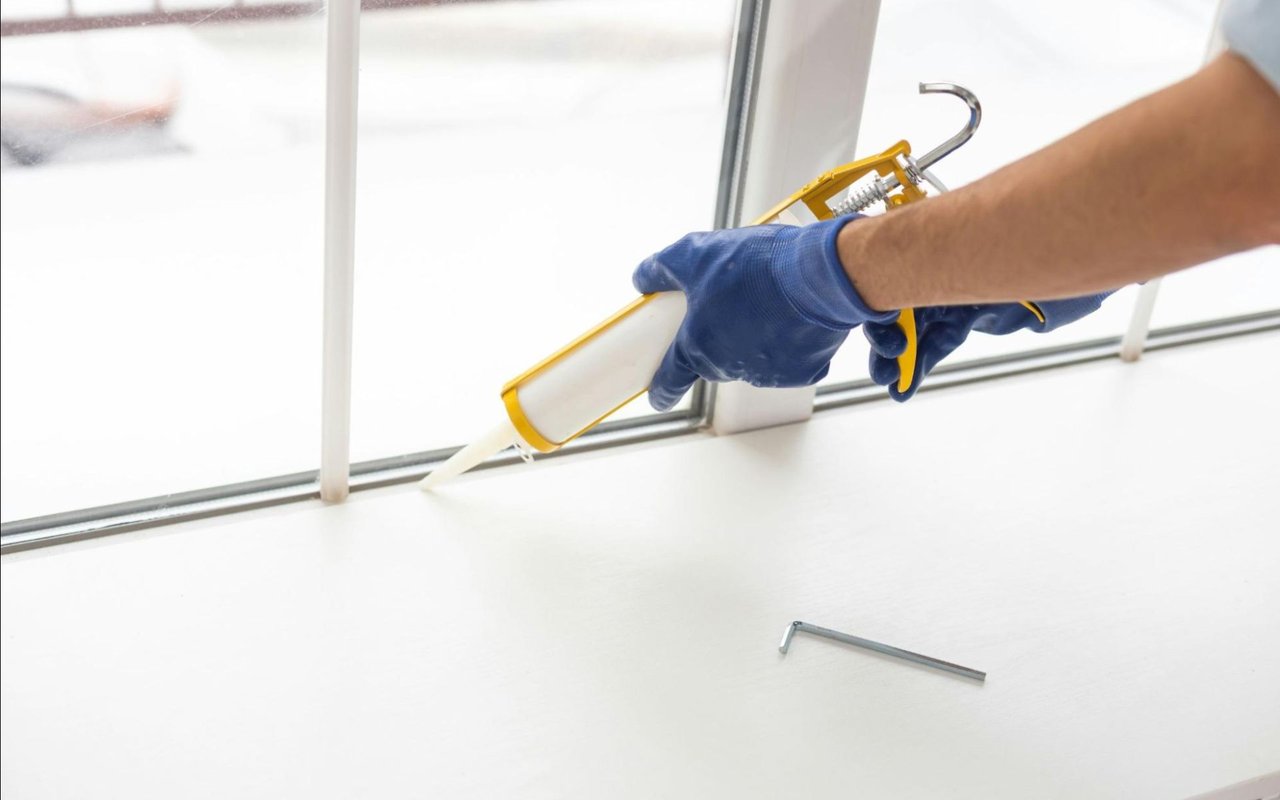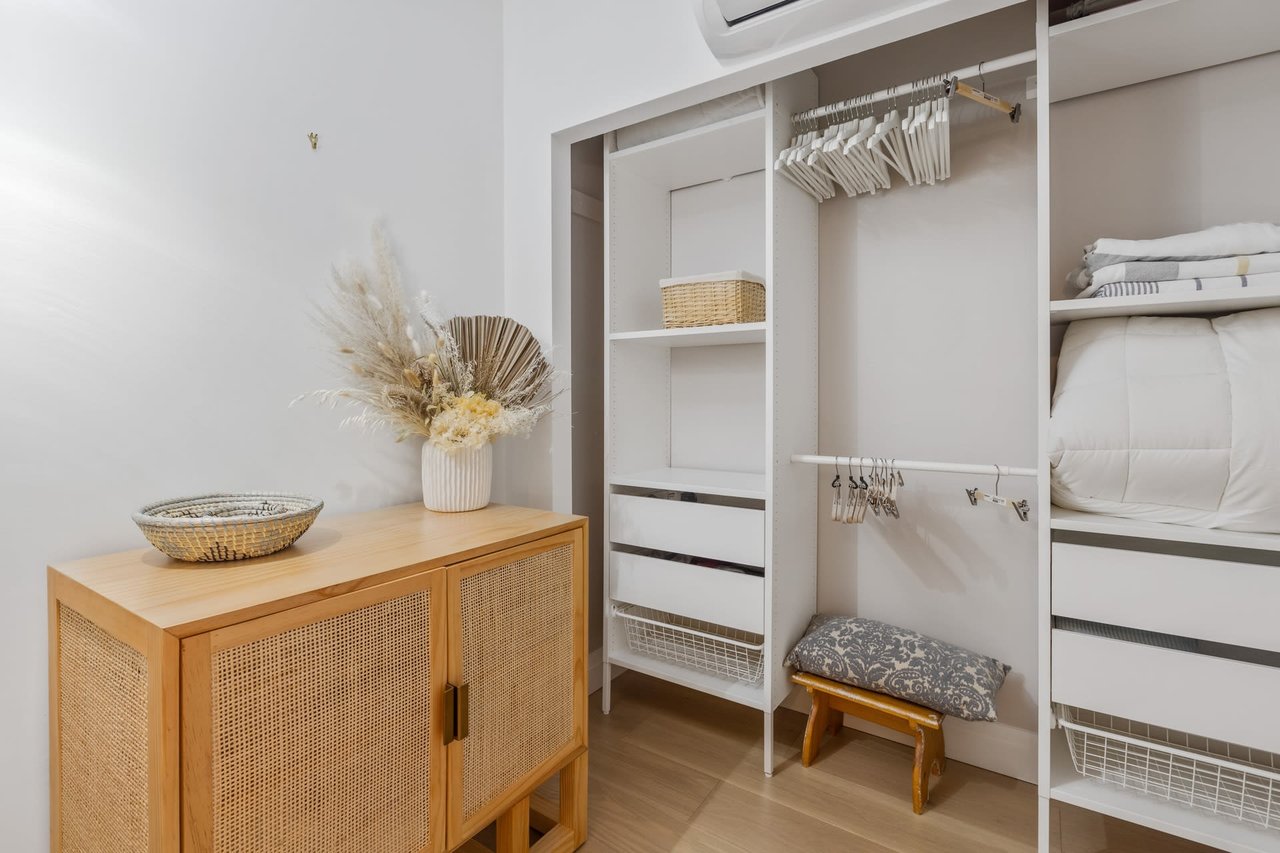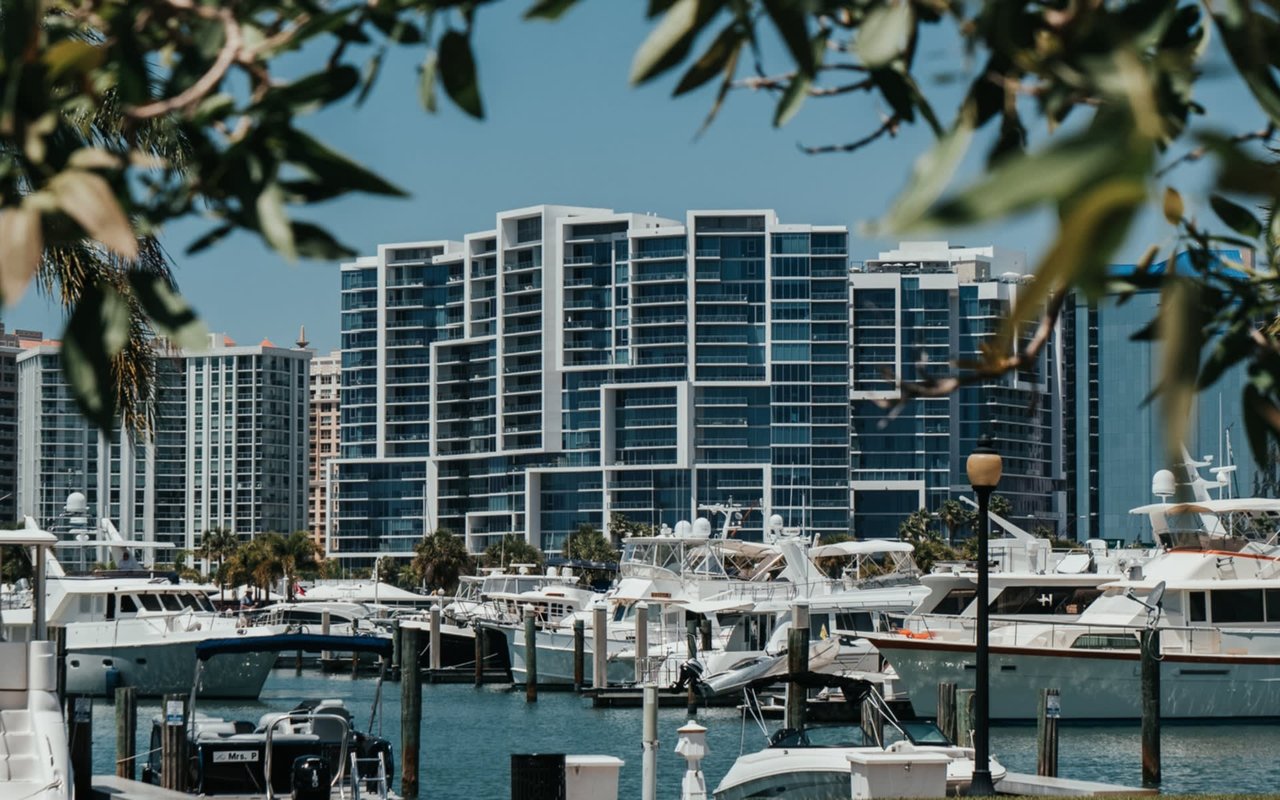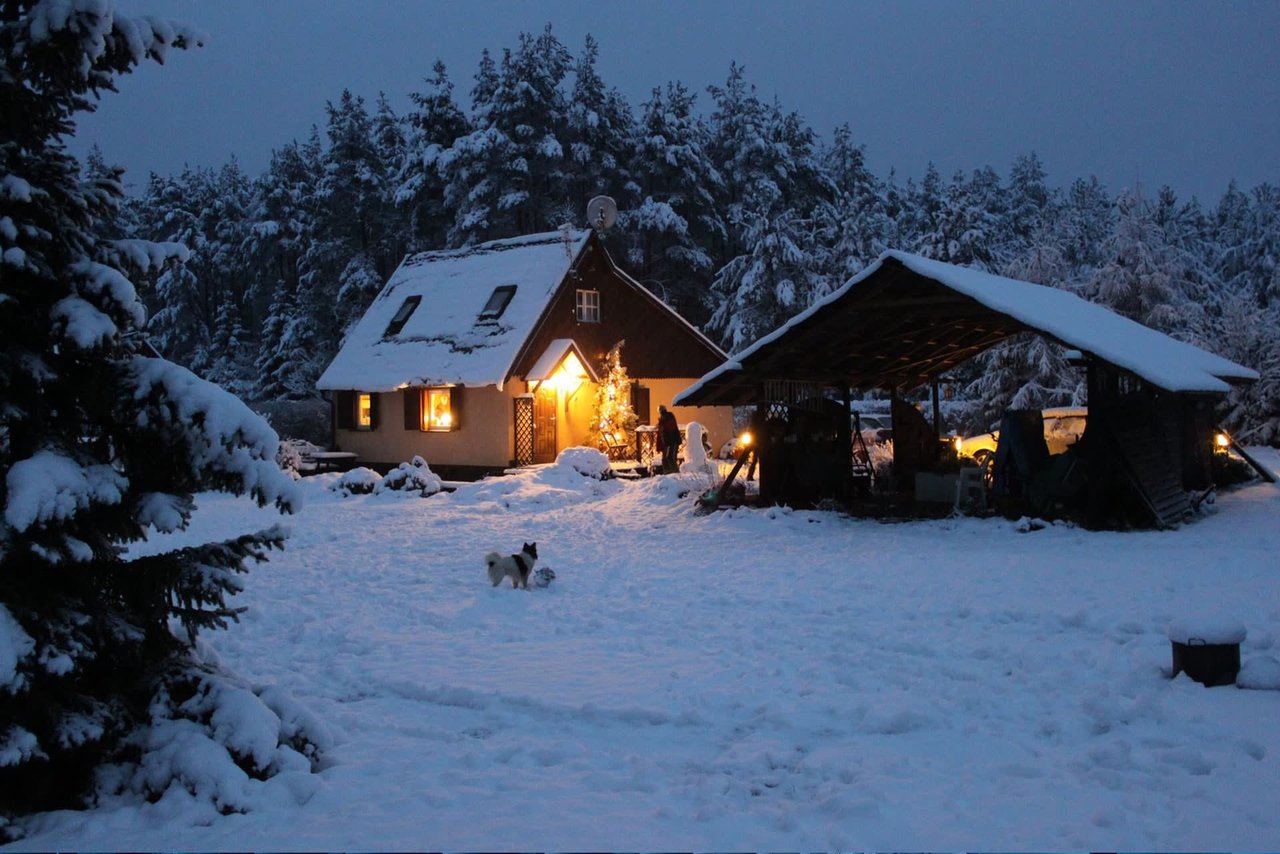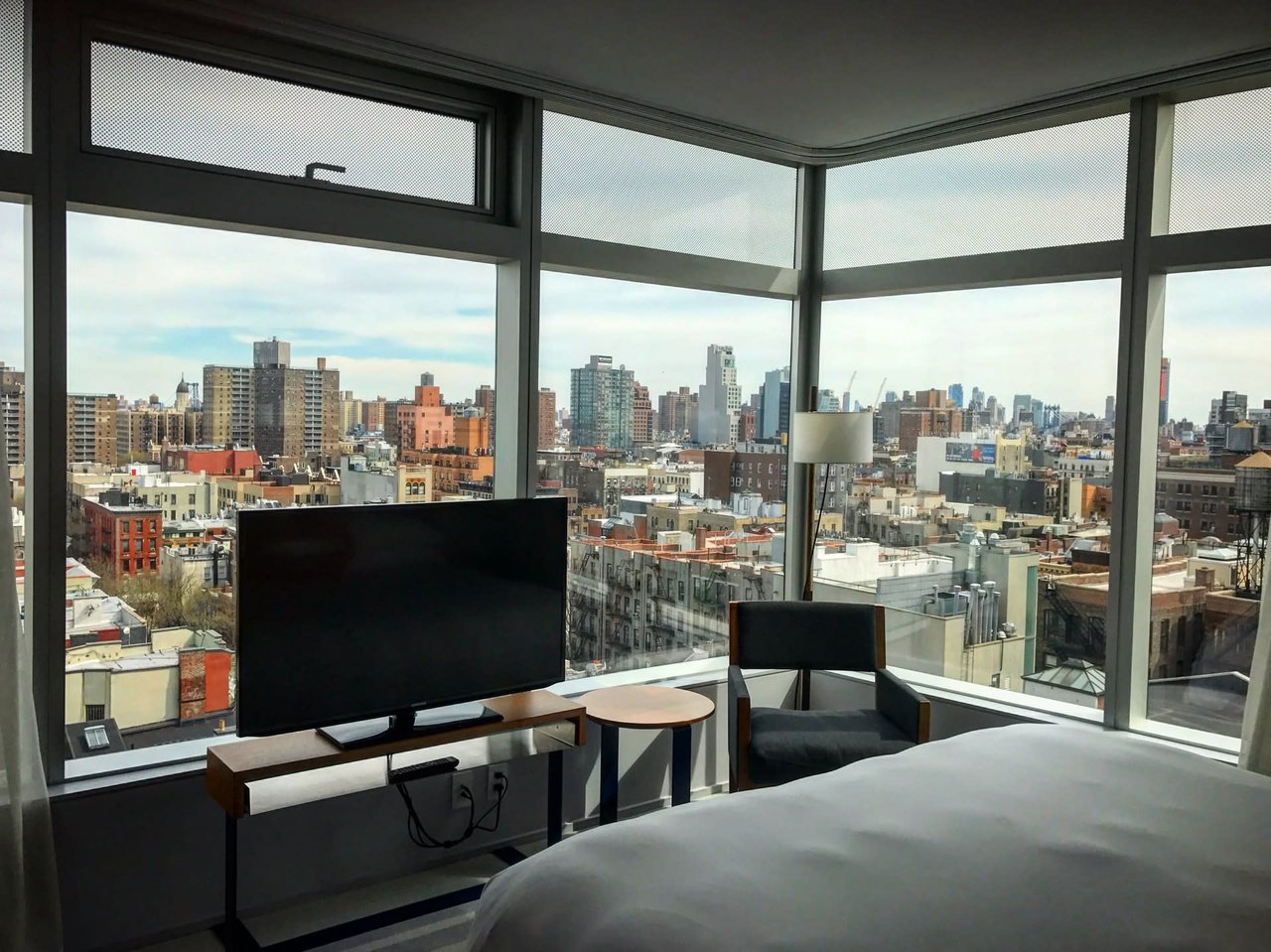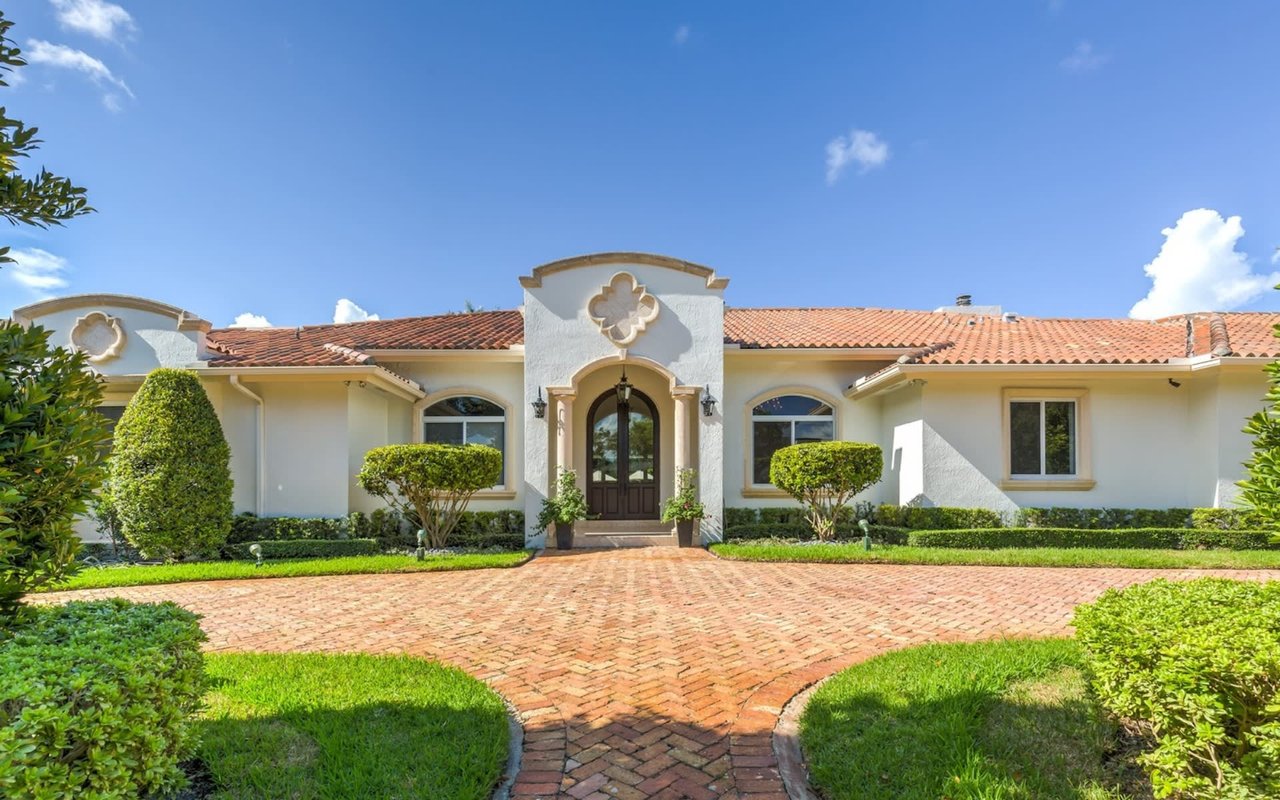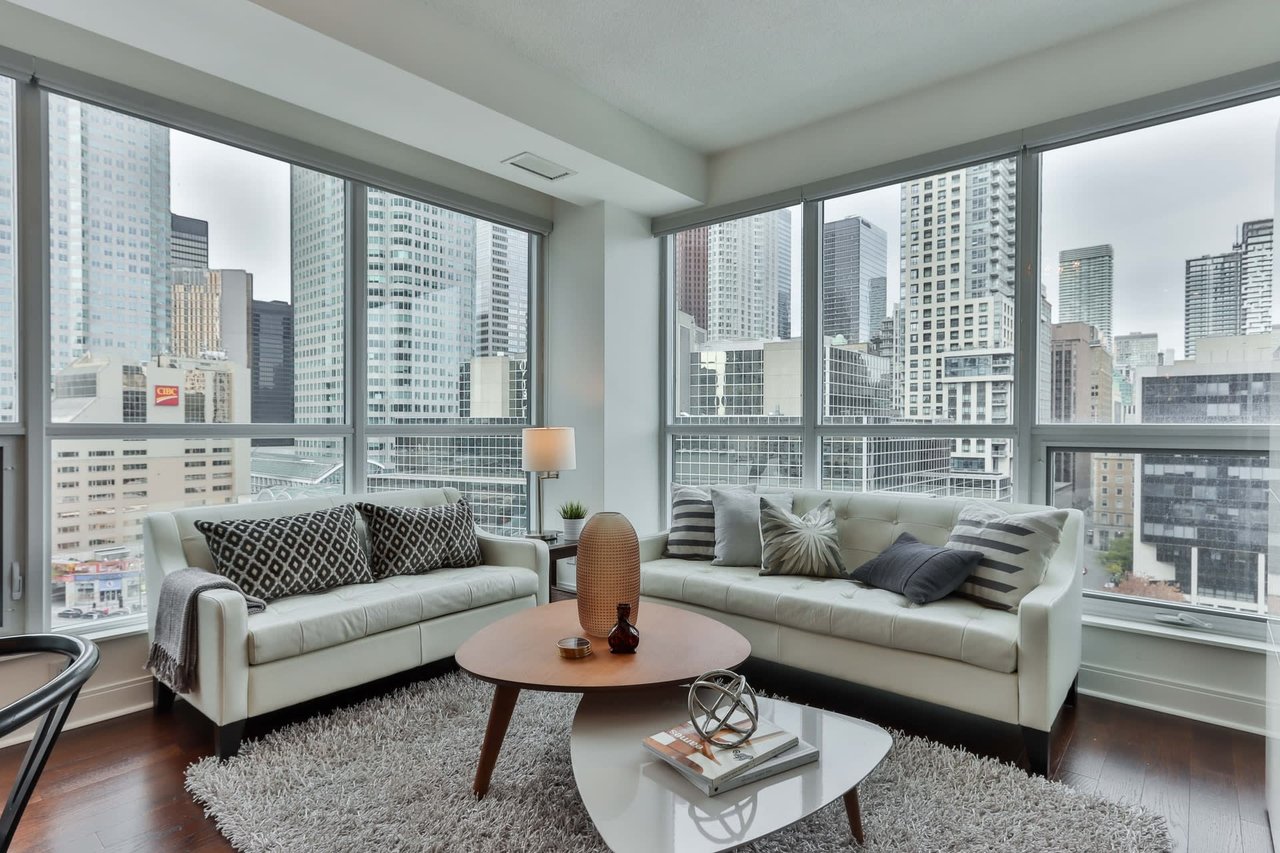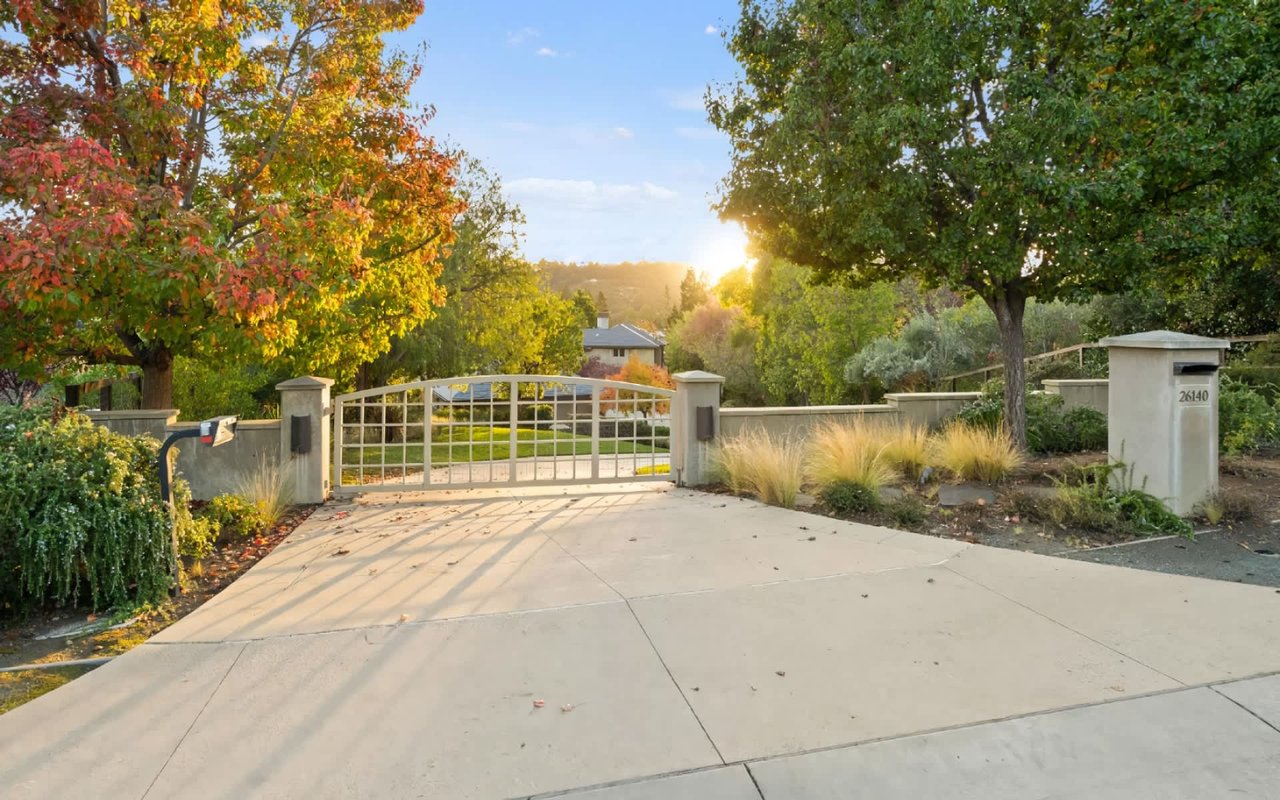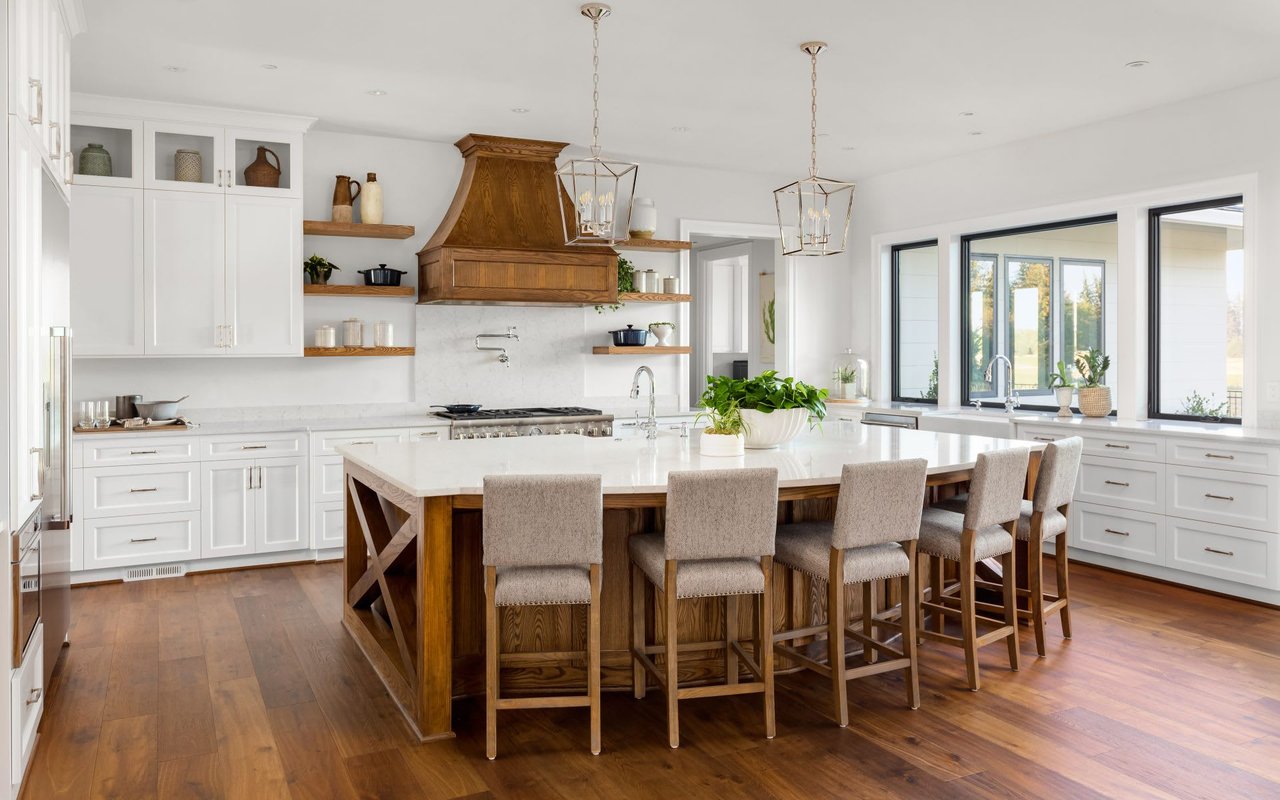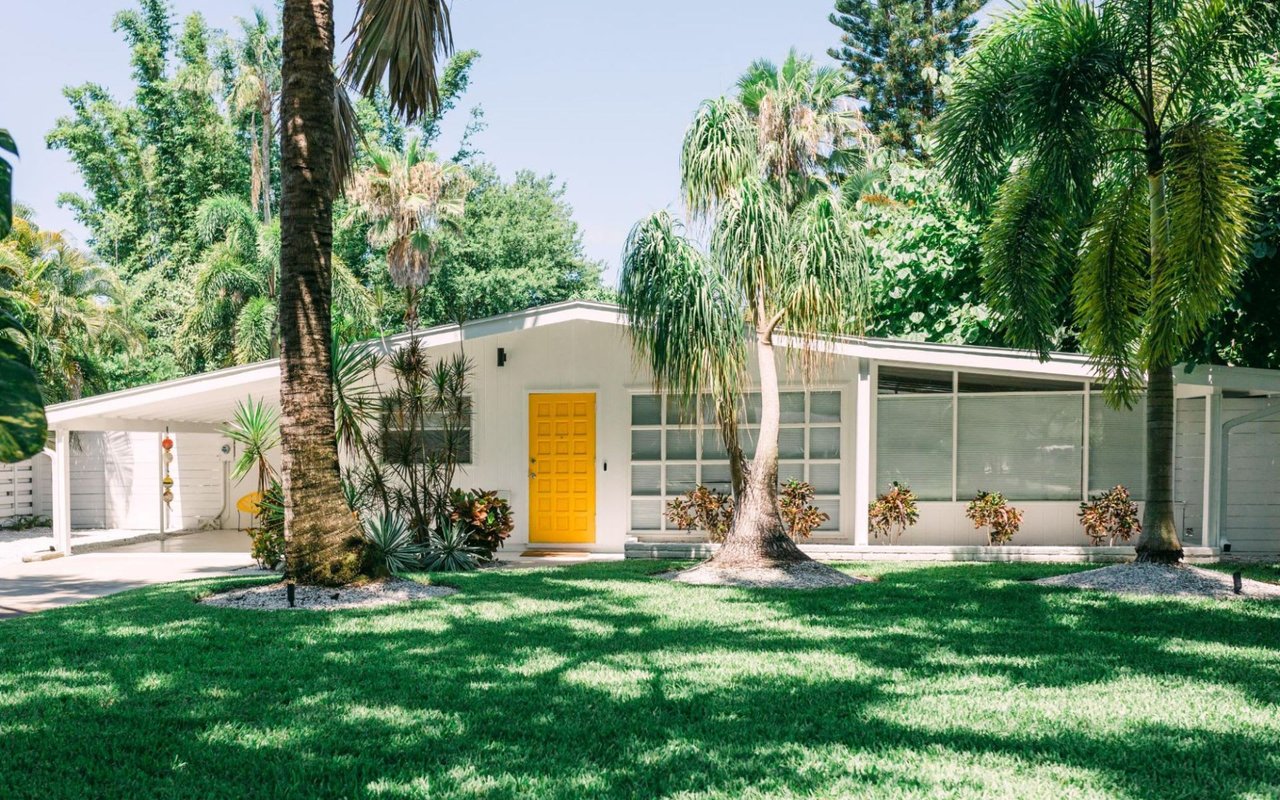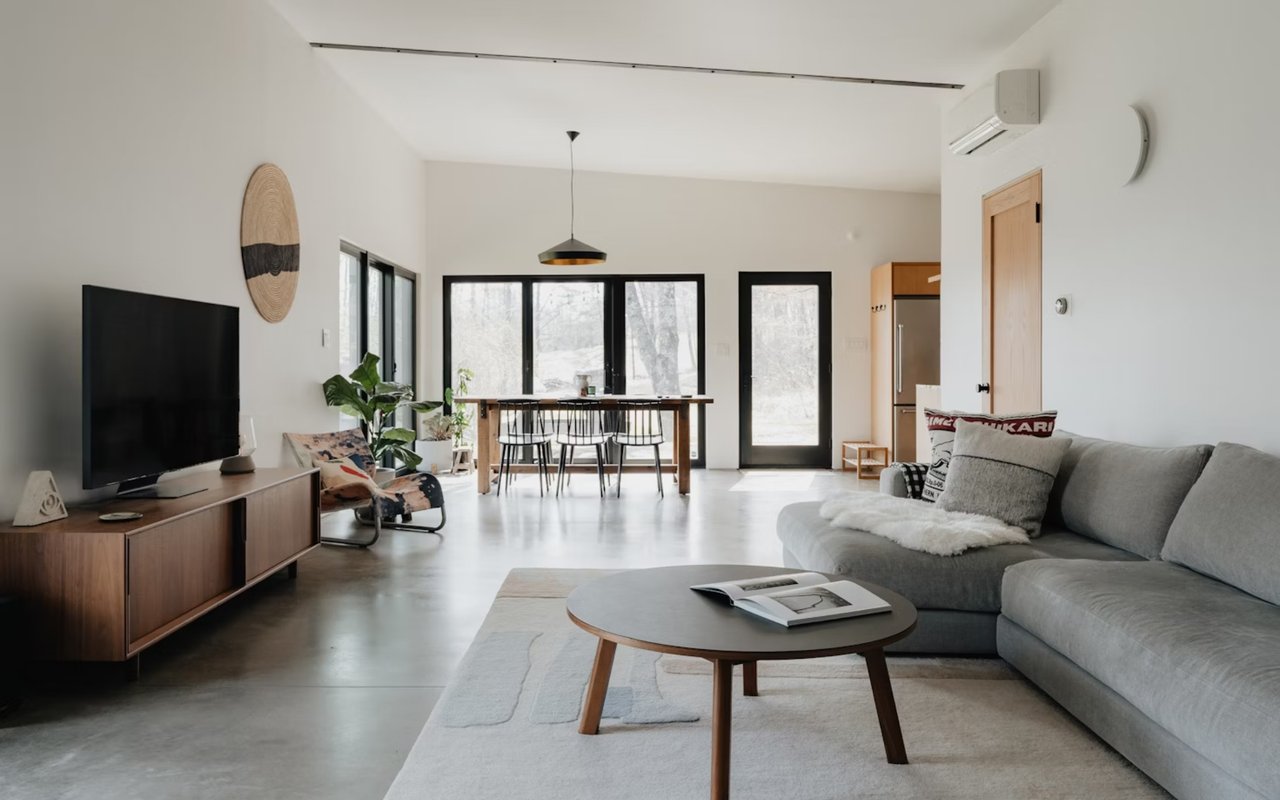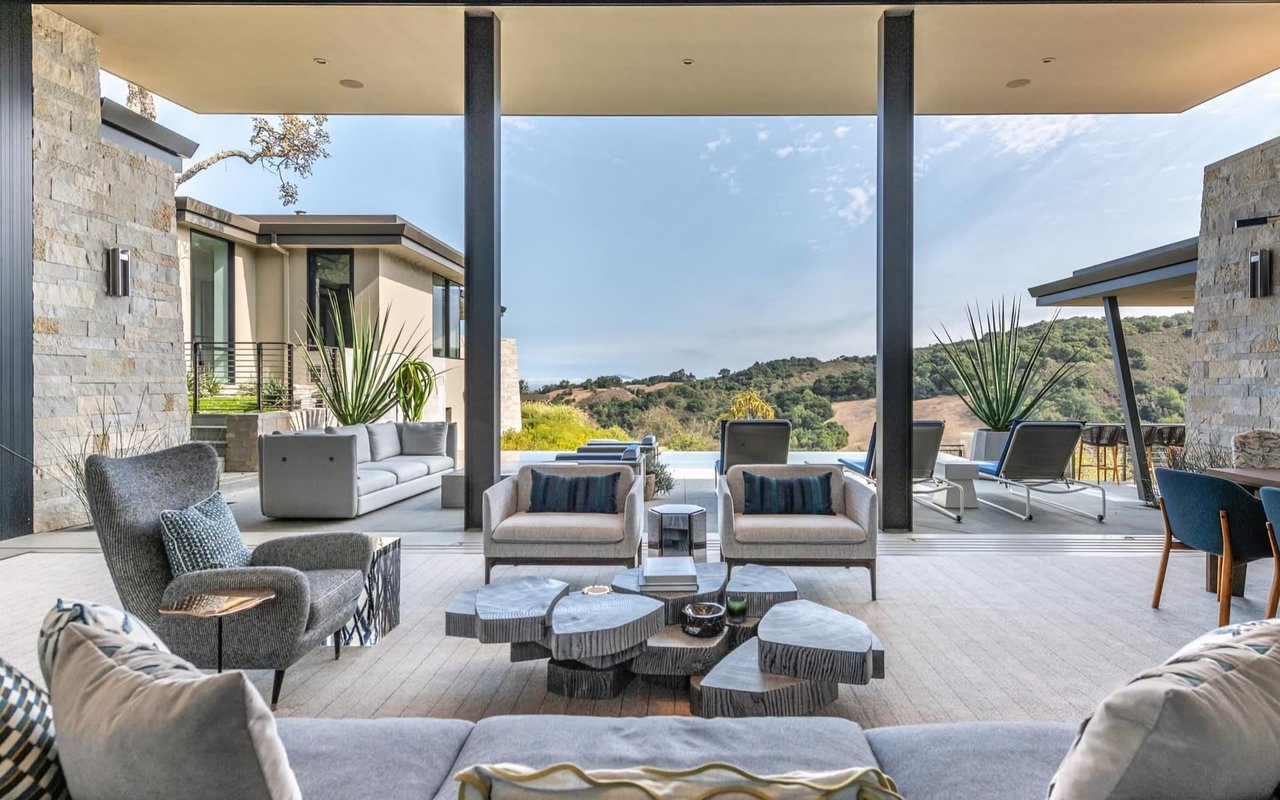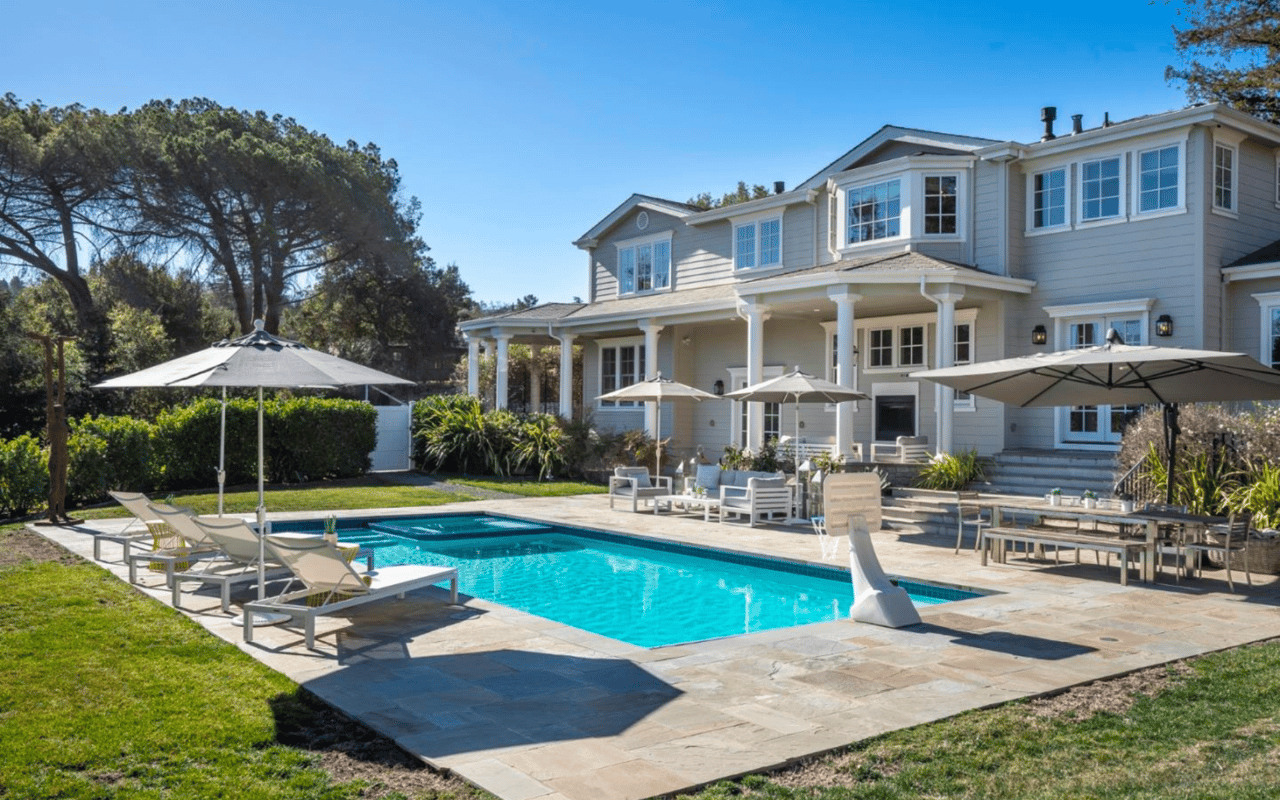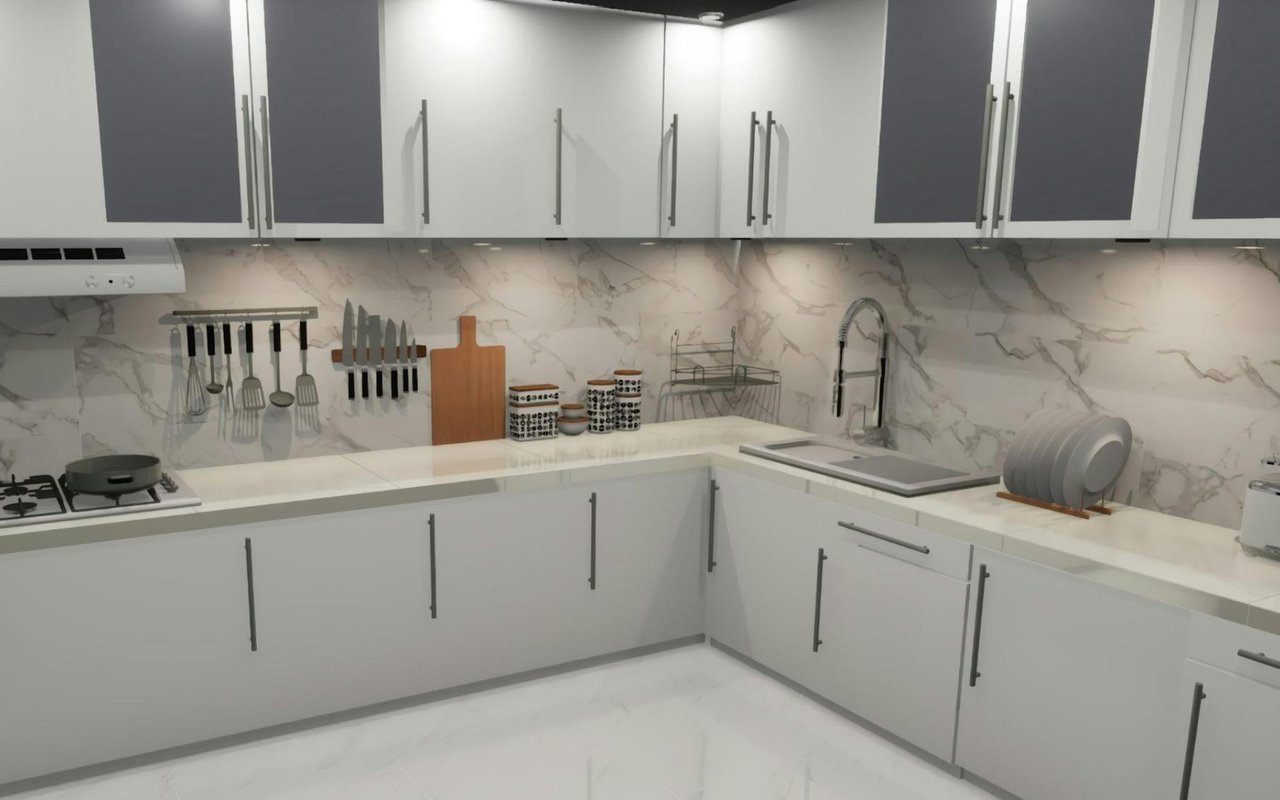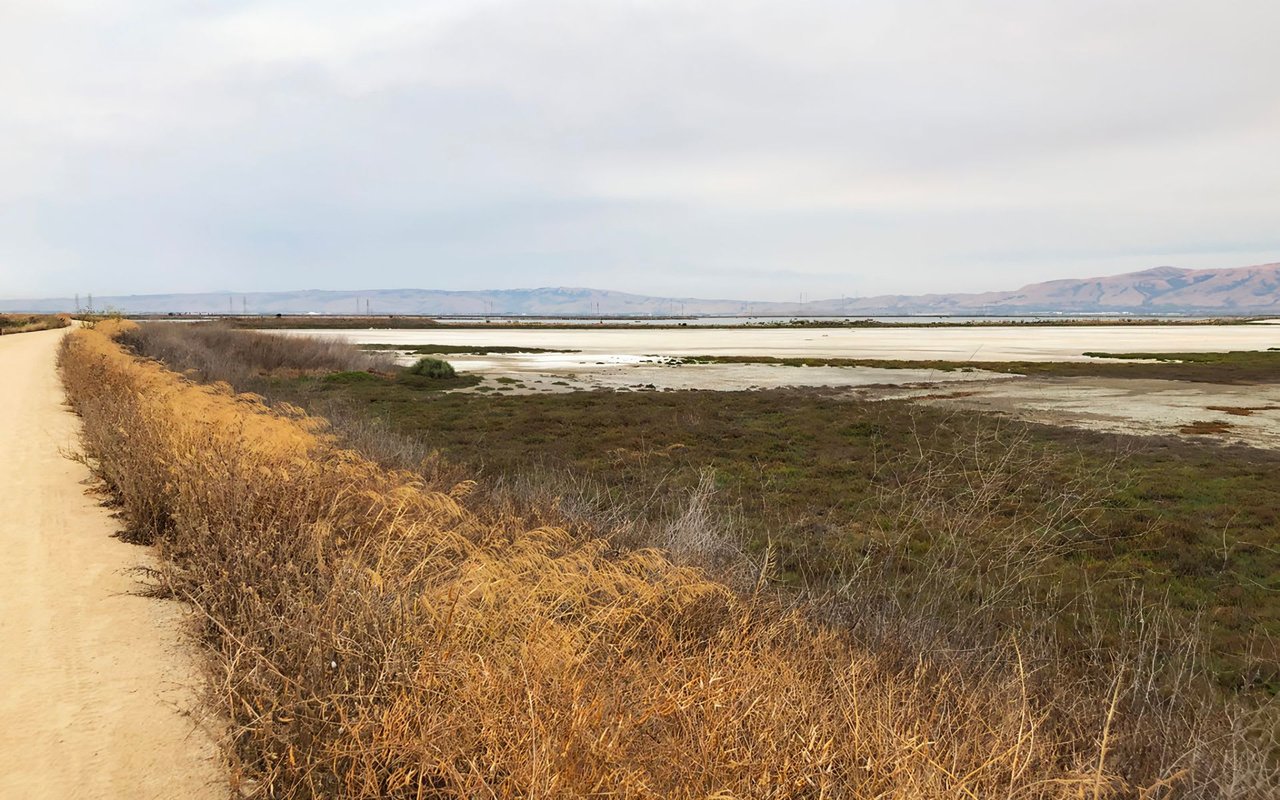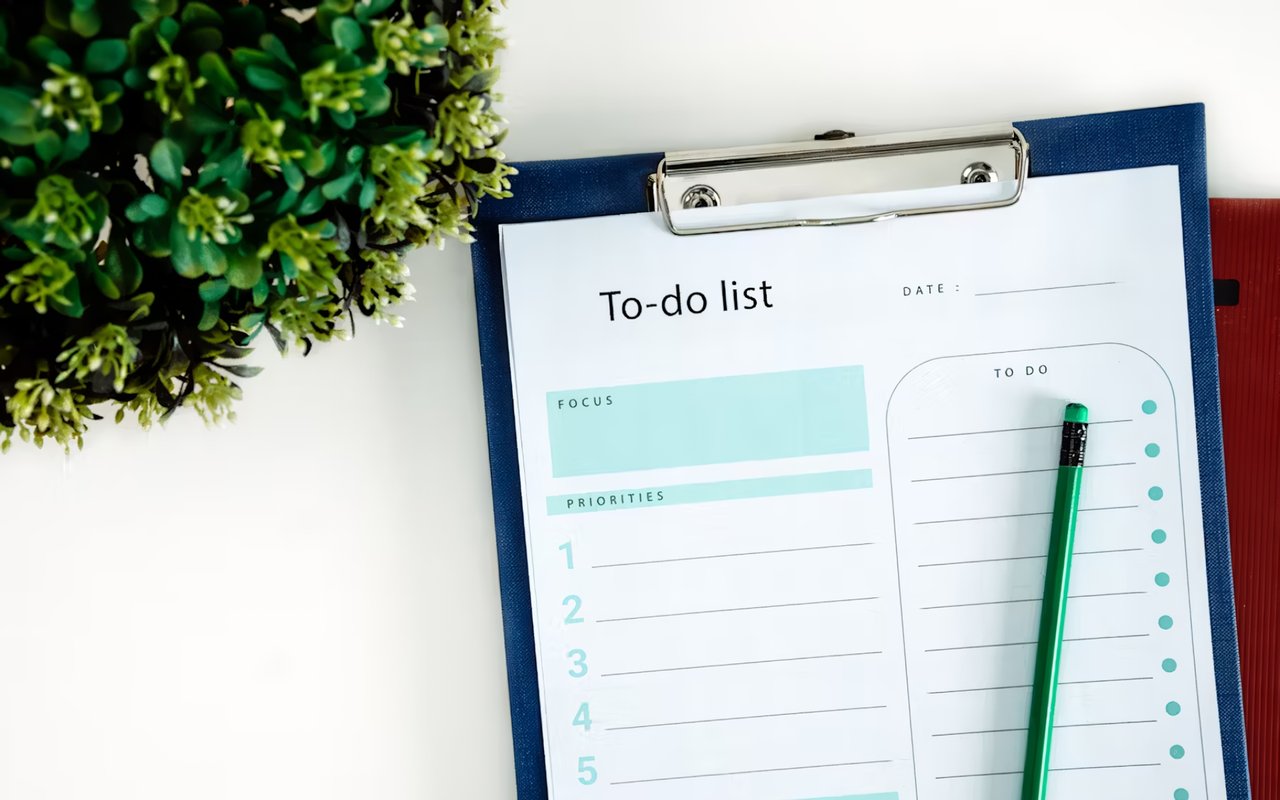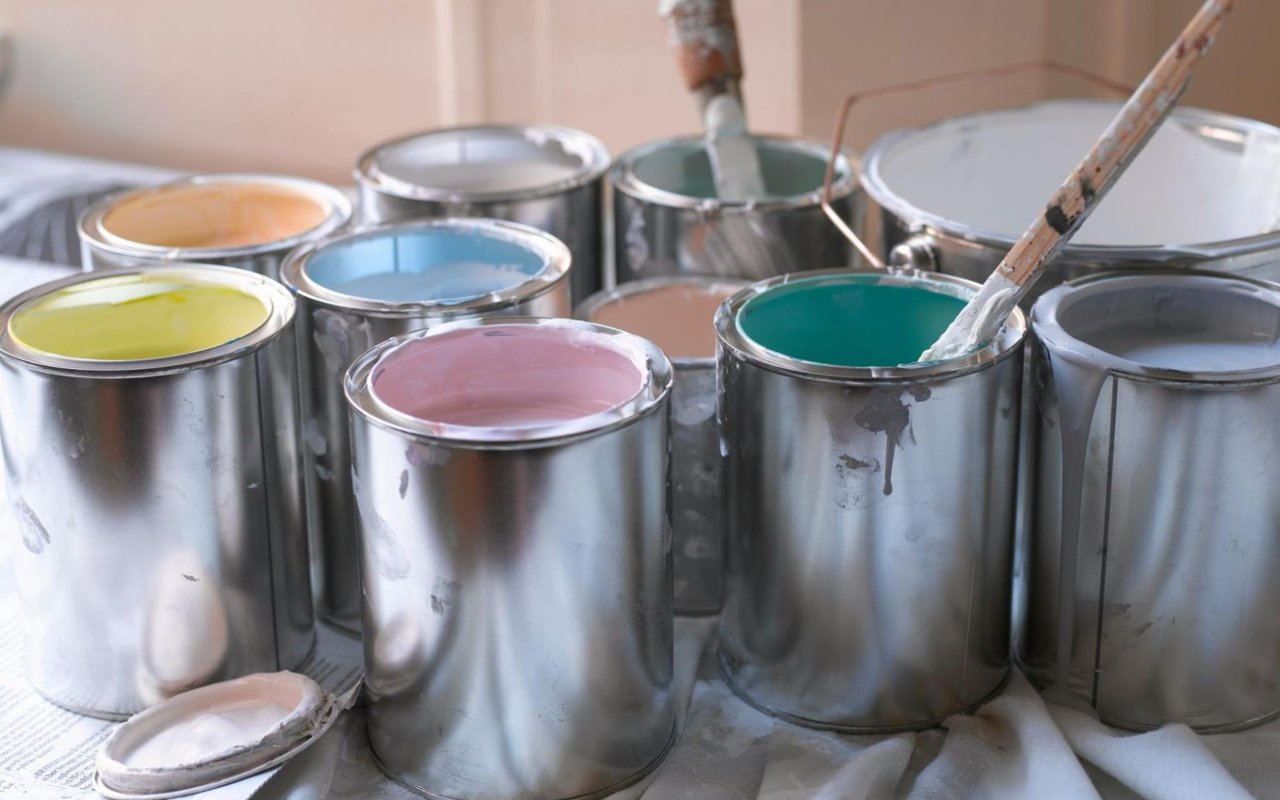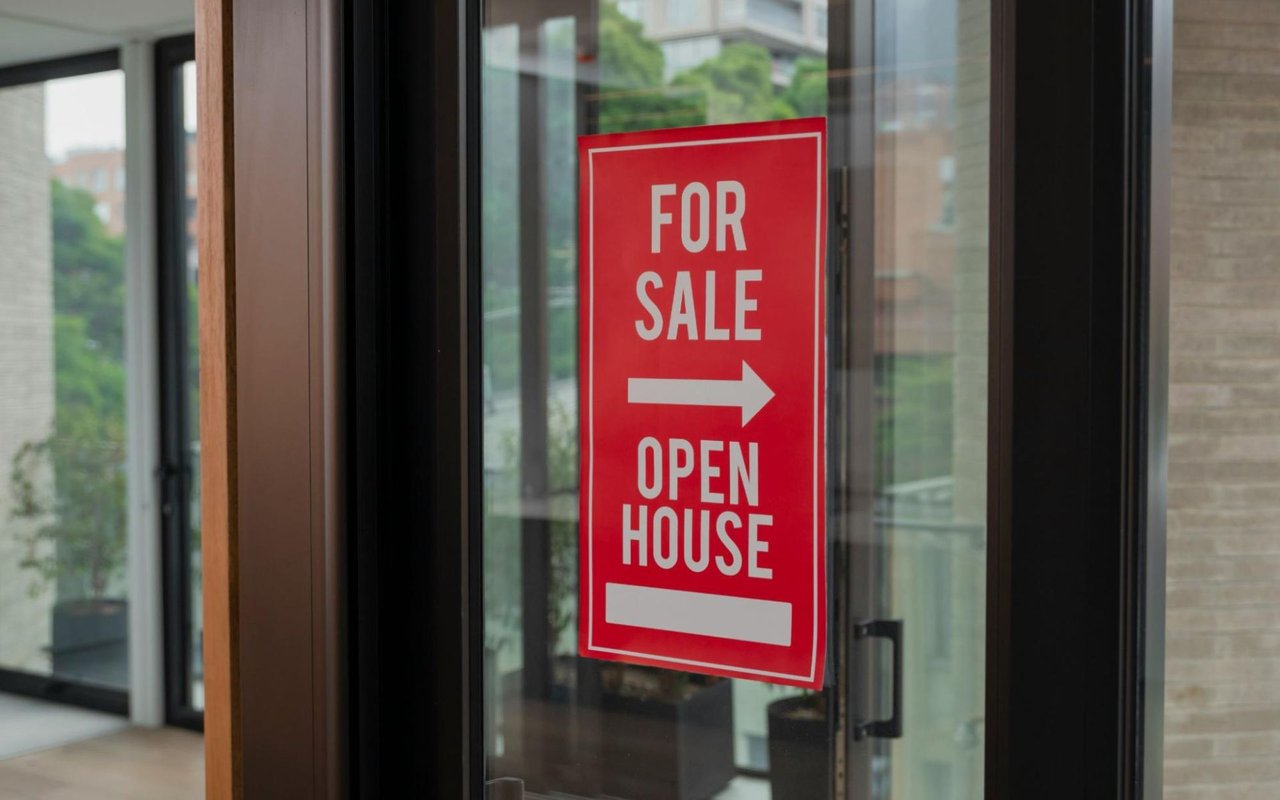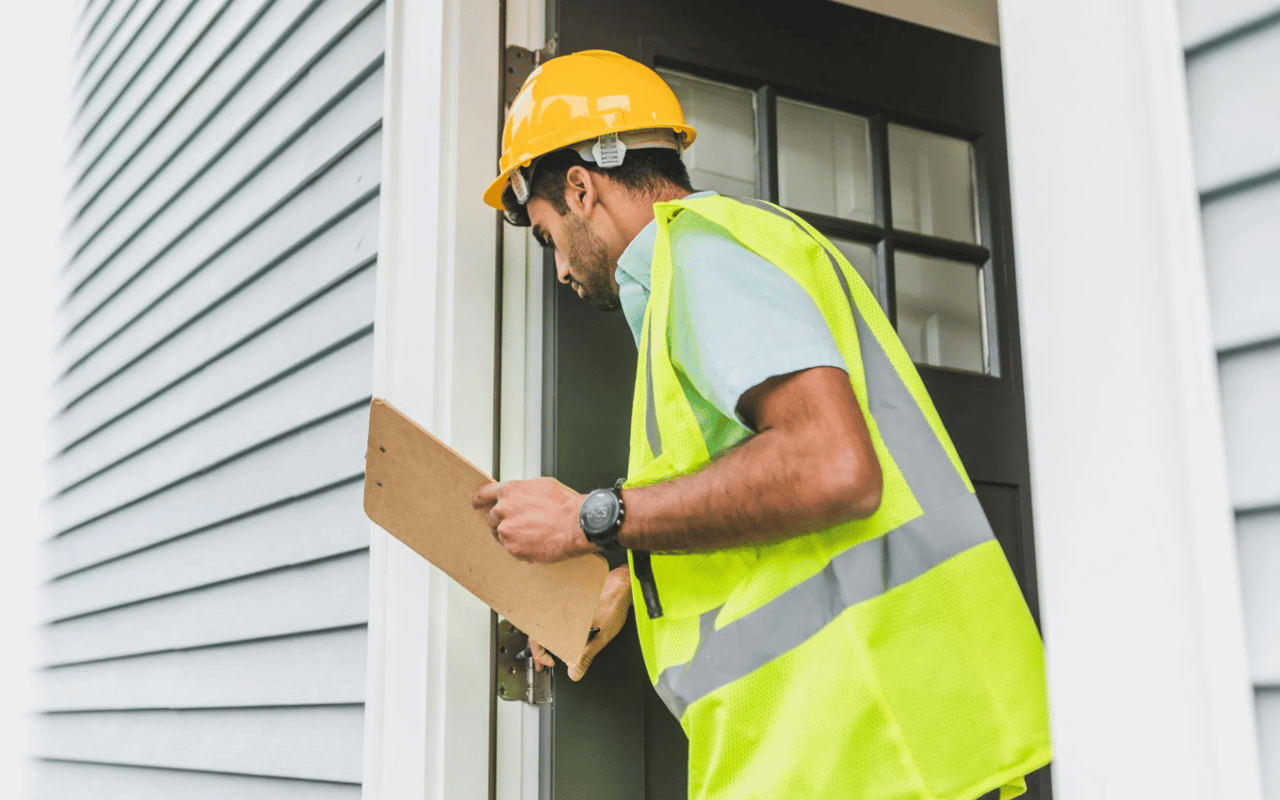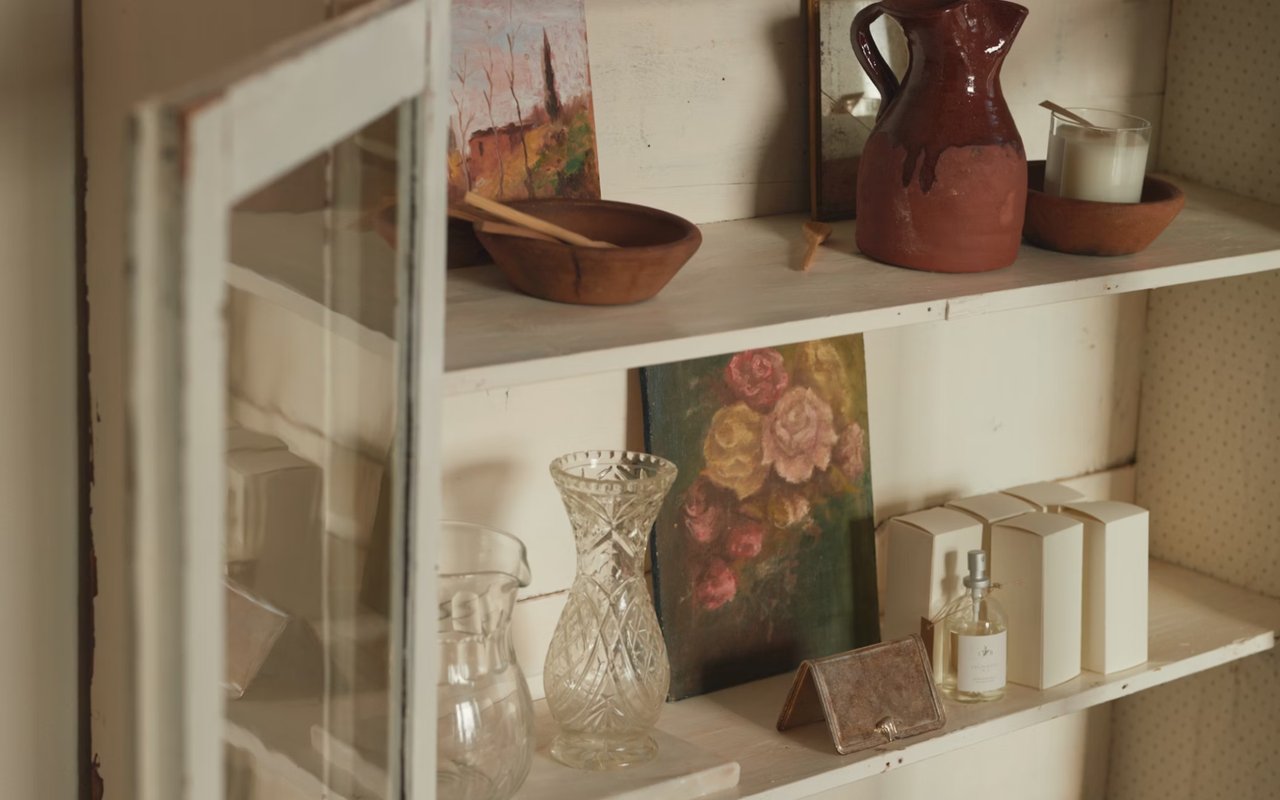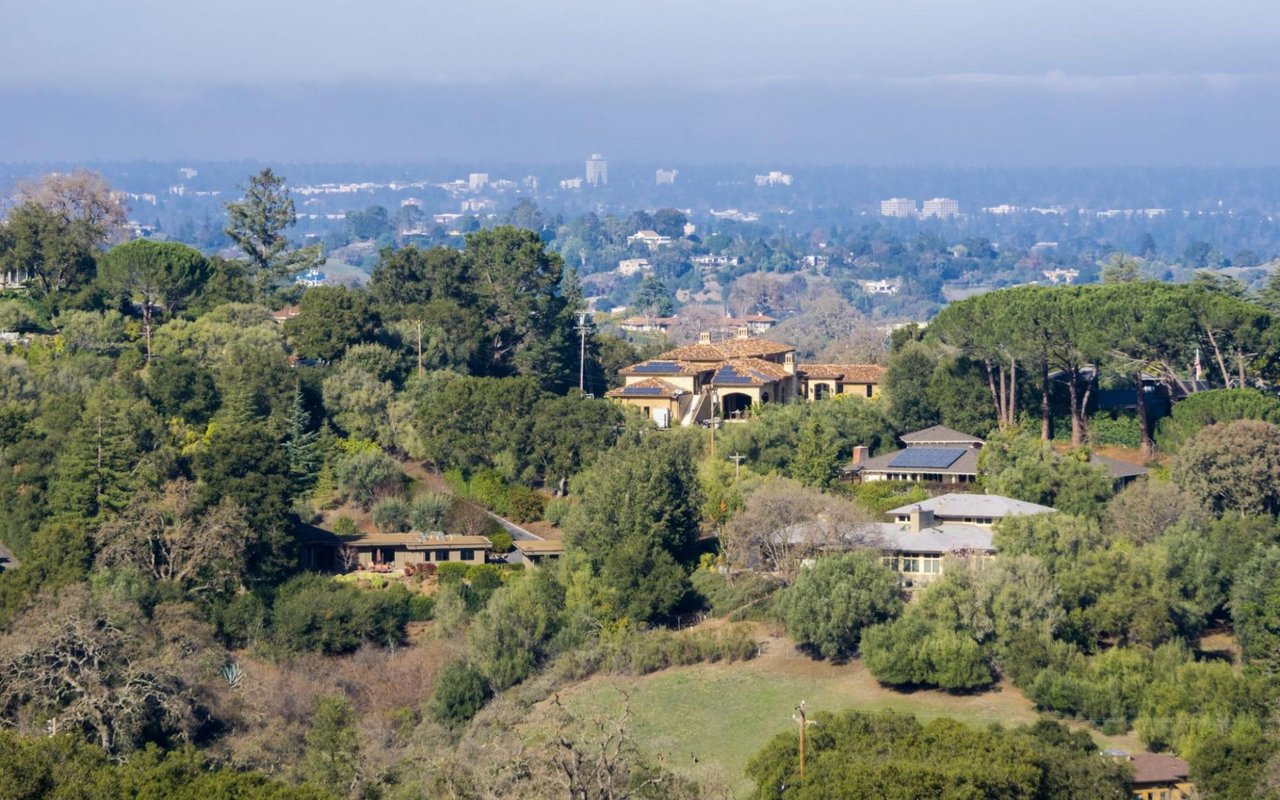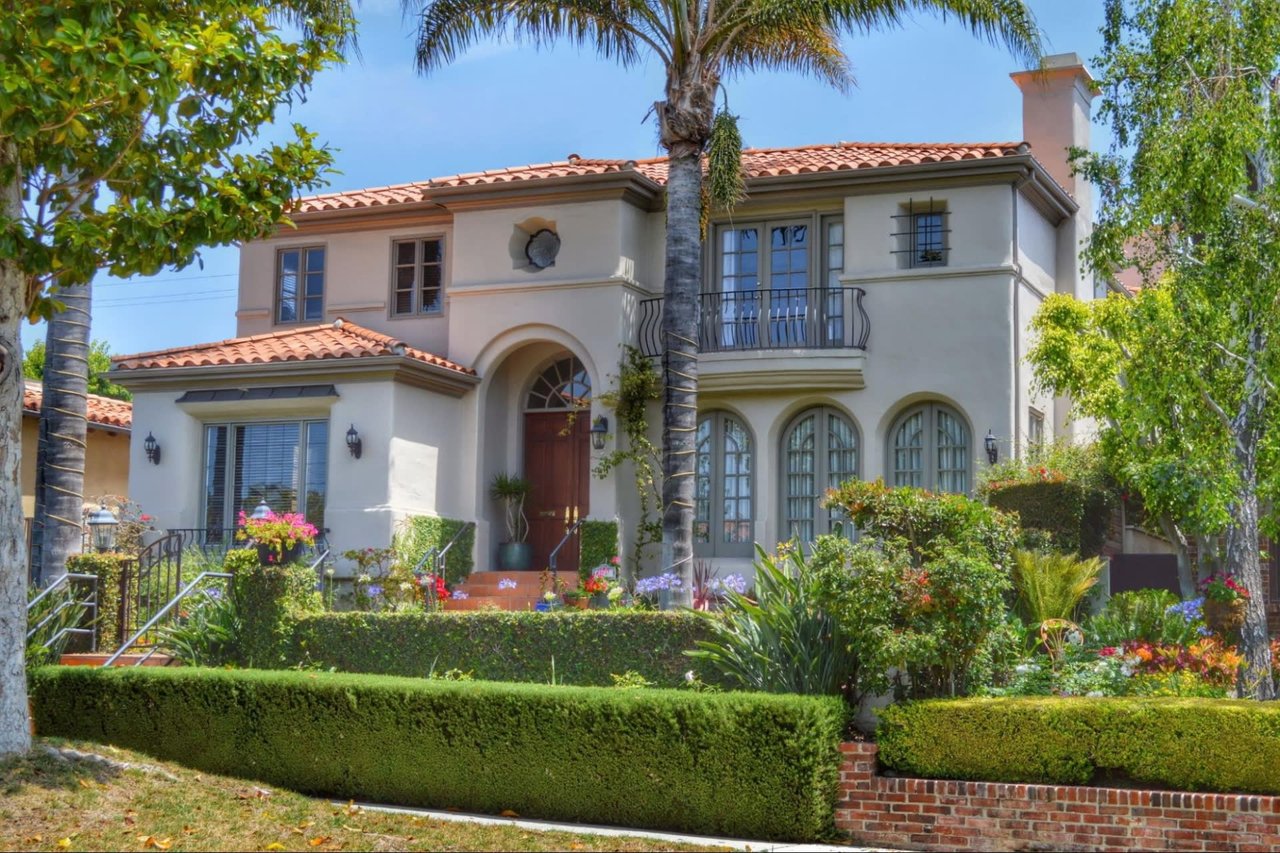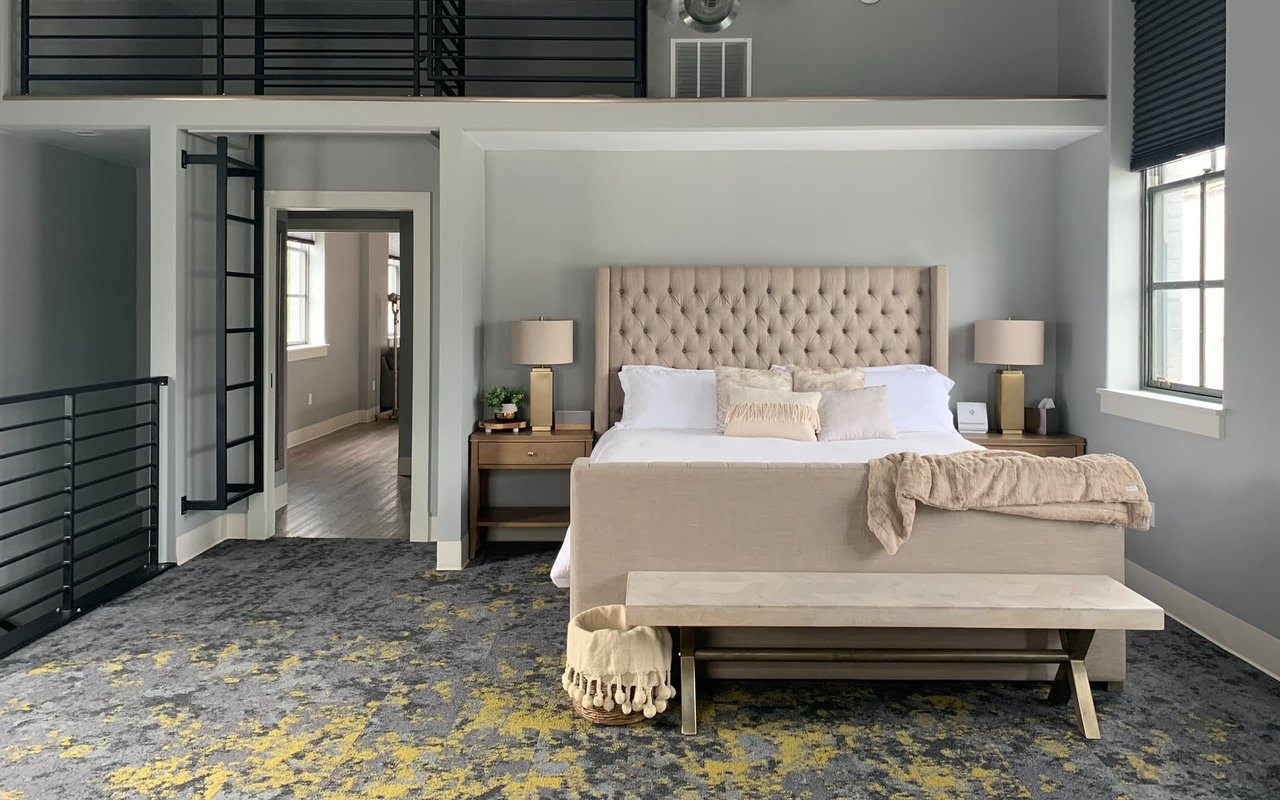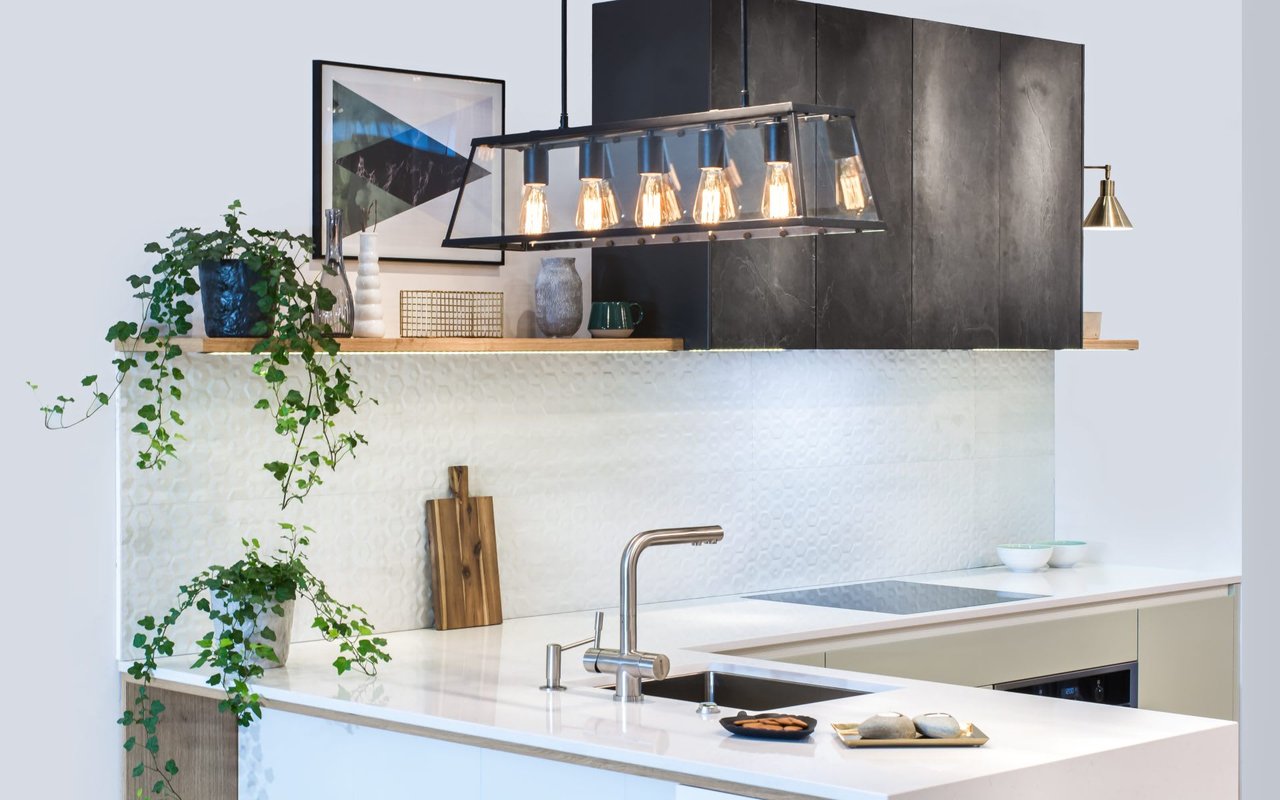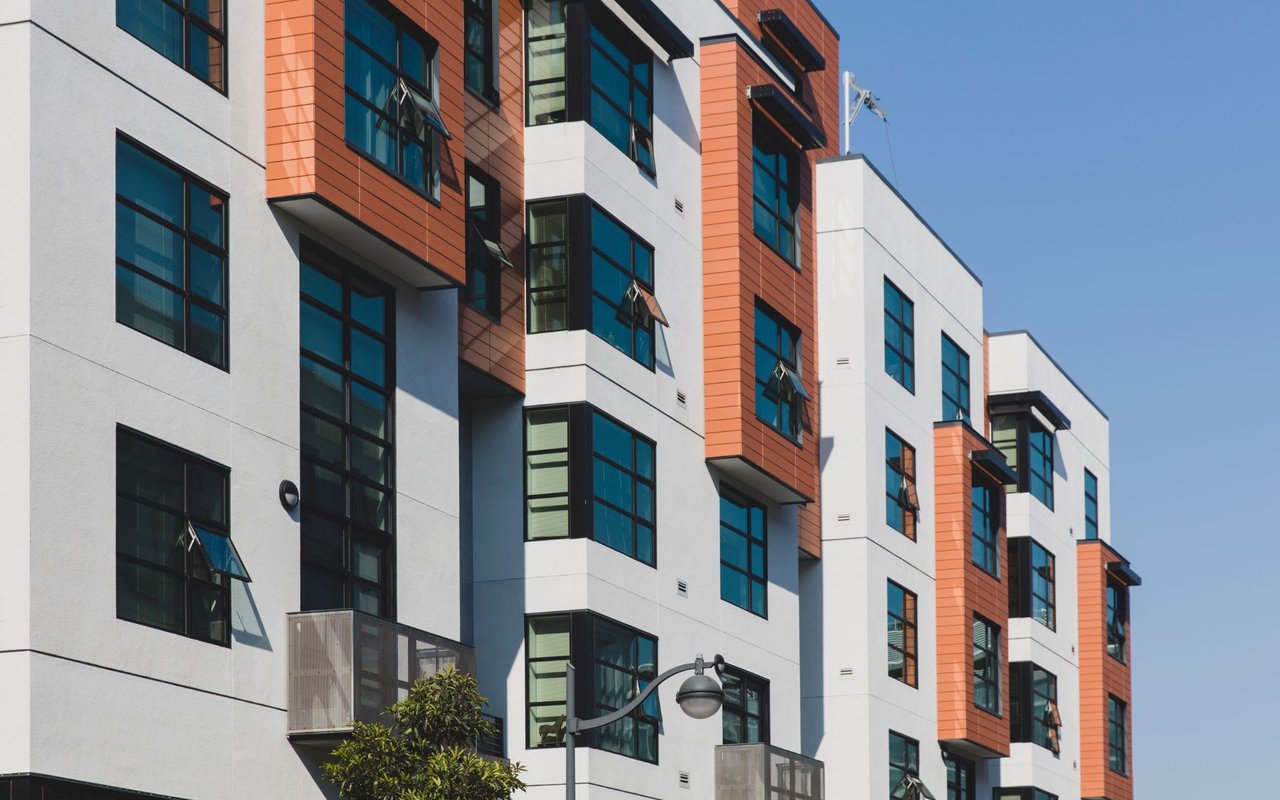Homeowners insurance is a crucial safeguard for your property and personal belongings. It provides financial protection against unexpected events that could lead to significant damage or loss. However, navigating the complexities of homeowners insurance can be challenging, especially for first-time buyers. This guide aims to demystify homeowners insurance, explaining what it typically covers, what it doesn’t, and why it's essential.
What Is Homeowners Insurance?
Homeowners insurance is a type of property insurance that covers losses and damages to an individual's house and assets in the home. It also provides liability coverage against accidents in the home or on the property. While it's not a legal requirement, most mortgage lenders require borrowers to have homeowners insurance.
Key Components of Homeowners Insurance
Homeowners insurance policies typically include several key components:
1. Dwelling Coverage
Dwelling coverage protects the physical structure of your home, including the walls, roof, and built-in appliances. If your home is damaged or destroyed by a covered peril, such as fire, windstorm, or vandalism, your insurance policy will help cover the repair or rebuilding costs.
2. Other Structures Coverage
This component covers structures on your property that are not attached to your home, such as detached garages, sheds, or fences. If these structures are damaged by a covered peril, your policy can help pay for repairs or replacement.
3. Personal Property Coverage
Personal property coverage protects your belongings, such as furniture, electronics, clothing, and other personal items. If your possessions are stolen, damaged, or destroyed by a covered peril, your policy can help cover the cost of replacing them. It's important to create an inventory of your personal belongings to ensure adequate coverage.
4. Liability Protection
Liability protection covers legal expenses and medical costs if someone is injured on your property or if you accidentally cause damage to someone else's property. For example, if a guest slips and falls in your home or your child accidentally breaks a neighbor's window, liability protection can help cover the associated costs.
5. Additional Living Expenses (ALE) Coverage
ALE coverage, also known as loss of use coverage, helps pay for additional living expenses if your home becomes uninhabitable due to a covered peril. This can include hotel bills, restaurant meals, and other costs incurred while your home is being repaired or rebuilt.
Common Perils Covered by Homeowners Insurance
Homeowners insurance typically covers a range of perils, including:
- Fire and smoke damage
- Windstorms and hail
- Lightning strikes
- Theft and vandalism
- Damage from vehicles or aircraft
- Falling objects
- Water damage from burst pipes or overflow
It's important to review your policy to understand the specific perils covered, as coverage can vary between policies and providers.
What Homeowners Insurance Doesn’t Cover
While homeowners insurance provides broad protection, it doesn't cover everything. Common exclusions include:
1. Flood Damage
Standard homeowners insurance policies do not cover flood damage. If you live in a flood-prone area, you may need to purchase separate flood insurance through the National Flood Insurance Program (NFIP) or a private insurer.
2. Earthquake Damage
Earthquake damage is another common exclusion. Homeowners in earthquake-prone regions should consider purchasing separate earthquake insurance to protect their property.
3. Maintenance Issues
Damage resulting from poor maintenance, wear and tear, or neglect is not covered by homeowners insurance. It's essential to perform regular maintenance to keep your home in good condition and prevent avoidable damage.
4. High-Value Items
While personal property coverage protects your belongings, there may be limits on coverage for high-value items like jewelry, art, or collectibles. You may need to purchase additional coverage, known as a rider or endorsement, to protect these items fully.
Tips for Choosing Homeowners Insurance
Selecting the right homeowner insurance policy involves more than just comparing premiums. Here are some tips to help you choose the best coverage for your needs:
1. Assess Your Coverage Needs
Consider the value of your home, other structures, and personal belongings. Ensure your policy limits are sufficient to cover the cost of rebuilding your home and replacing your possessions.
2. Understand the Policy
Carefully read the policy details, including the list of covered perils, exclusions, and limits. Ask your insurance agent to clarify any points you don't understand.
3. Compare Quotes
Obtain quotes from multiple insurance providers to compare coverage options and premiums. Look for a policy that offers comprehensive coverage at a competitive price.
4. Check the Insurer’s Reputation
Research the insurance company’s reputation, customer service, and financial stability. Look for reviews and ratings from trusted sources to ensure you're choosing a reliable provider.
5. Consider Bundling Policies
Many insurers offer discounts if you bundle homeowners insurance with other policies, such as auto insurance. Bundling can save you money and simplify your insurance management.
Homeowners insurance is an essential investment for protecting your home and personal belongings. Understanding what your policy covers and its exclusions can help you make informed decisions and ensure you have adequate protection. Regularly review and update your coverage to keep pace with changes in your home and lifestyle.
Partner with Dustin Owens
For personalized guidance and assistance with your real estate needs, reach out to Dustin Owen. With his expertise and commitment to client satisfaction, Dustin can help you navigate the complexities of homeownership and find the perfect property for you.

